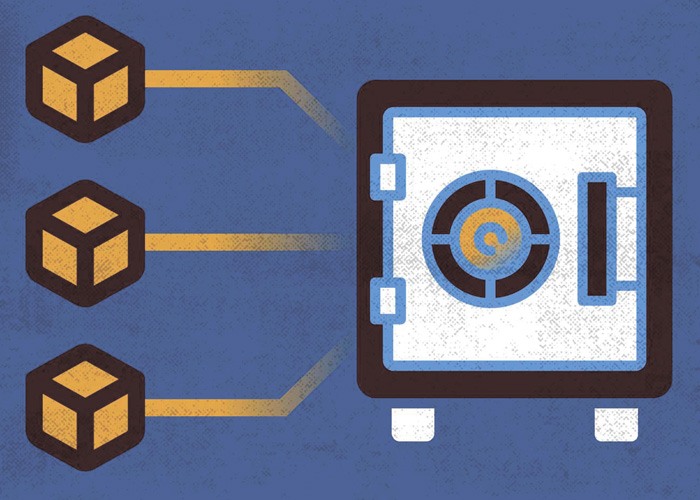What Is Staking?

The process of staking cryptocurrencies is the ability to “freeze” a number of coins in a wallet or on an exchange for a certain period of time to generate passive income. Coins are blocked in order to maintain the activity of blockchain systems using the Proof-of-Stake (PoS) consensus algorithm or to provide liquidity to DeFi protocols.
Staking allows you to become a validator — a separate node in a blockchain network that participates in securing the PoS consensus and guarantees rewards for users who take part in transaction processing.
Receiving a staking reward depends on several factors, namely:
- The number of blocked funds.
- The staking period.
- Randomness.
The last point is added to prevent large asset holders (whales) from monopolizing the blockchain network and getting all the staking rewards, leaving small investors empty-handed.
Staking vs. Mining: What’s the Difference?

At its core, staking is, like mining, an opportunity to mine cryptocurrency and generate digital capital by keeping the blockchain network running. However, there is a fundamental difference between mining and staking:
- Different consensus mechanisms. Mining is based on the Proof-of-Work (PoW) algorithm, while staking uses Proof-of-Stake (PoS).
- Hardware. Mining requires specialized equipment (GPU, ASIC), while staking doesn’t need any additional hardware.
- Probability of operation success. In mining, the chance to be rewarded goes to the person whose computing power is higher, while in staking, it’s the person who has “frozen” the most money.
- Power and sustainability. Whilst mining is highly power-consuming and therefore not environmentally friendly, staking requires less energy to keep the blockchain network working.
- Specific knowledge. Crypto mining involves technical skills to connect and configure computing equipment. Plus, staking is simpler.
Types of Staking

Depending on where exactly the coins involved in staking will be stored, the following types can be distinguished:
- Exchange staking. Leading cryptocurrency exchanges (Binance, Coinbase, etc.) offer users the opportunity to diversify their income stream and monetize free funds on their platform accounts.
- Cold staking. Storing assets in cold wallets (Ledger, CoolWallet S, Trezor, etc.) allows you to participate in staking and still be in control of your funds because you don’t have to transfer them to third-party services.
- Soft staking. Staking-as-a-Service (SaaS) refers to specialized staking platforms (Stake Capital, MyCointainer, etc.) providing a custom service for staking popular cryptocurrencies, automatically calculating the profitability of transactions but charging a fee for their services.
There are types of staking that depend on the duration of digital assets deposited:
- Locked staking involves pre-selecting how long coins will be locked for. Once the exact time period has been determined, coins cannot be withdrawn. This type of staking often requires a fixed amount of staking rewards to be paid when the time period expires.
- Flexible staking has no time limit on how long coins can be staked. The user can stop being a validator when they see fit. This kind of staking often involves being paid rewards on a monthly basis.
DeFi Staking

A separate type of staking can be considered as decentralized finance (DeFi) protocol-based staking. DeFi staking performs several specific functions:
- provides pool liquidity — this is so-called liquidity mining or yield farming;
- allows borrowing in crypto and pledging digital assets, i.e., lending.
Transaction security in DeFi protocols is provided only by the reliability of their smart contracts, which increases the risk of losing assets during hacker attacks.
The advantage of DeFi staking is its high profitability compared to PoS staking. Network validators often earn no more than 8-10% per annum. Besides, the financial threshold to enter DeFi projects for staking is much lower. The daily accrual of interest from yield farming and the possibility to transfer the earned funds immediately into staking is an indisputable advantage over the classic PoS staking.
Staking Risks and Cons

Staking has gained widespread popularity among hold investors due to the ability to earn income from storing digital assets. And the possibility of guaranteed profits when staking on some protocols has attracted even more attention from crypto holders.
But despite all its advantages, digital asset staking also has some risks. For example:
- Cyberattacks. Hacking into exchanges or attacks on DeFi protocols can lead to the loss of assets involved in staking.
- Volatility. A drop in an asset’s value while coins are locked in staking results in the inability to sell it immediately and imminent monetary loss.
- Likelihood of scams. The high yield of new DeFi staking protocols may indicate their fraudulent nature.
- High fees. The higher the popularity of DeFi staking services, the greater the strain on the blockchain network, which increases intra-network transfer fees and, in turn, increases the payback period for small investments.
Staking is a form of passive income in the cryptocurrency ecosystem. Its popularity is growing every year. The launch of staking on Ethereum 2.0 in December 2020 has positively affected its overall adoption. And the growing popularity of DeFi projects also increases the demand for yield farming. However, like any type of digital asset transaction, staking is a risky venture and can lead to capital loss.











